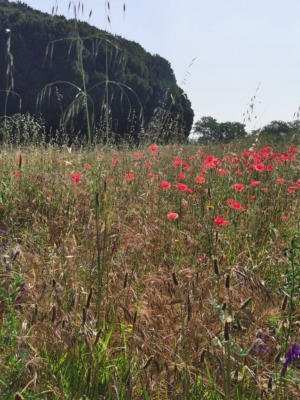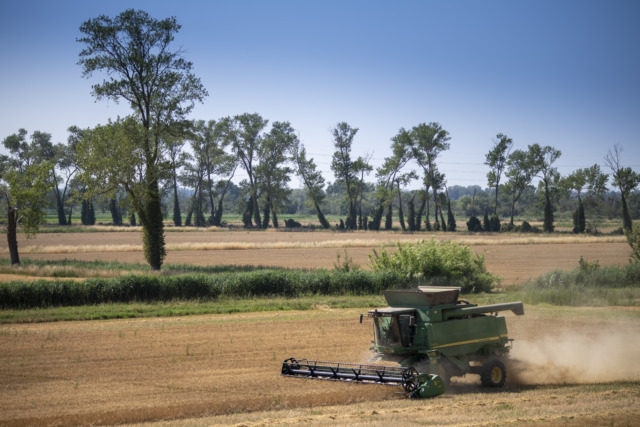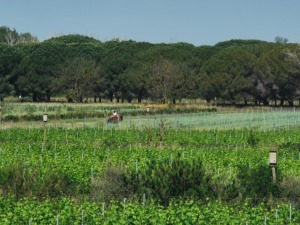Following a study conducted by the Tour du Valat and Alpina Savoie [1], recommendations are emerging and a guide to good farming practices is being drafted. This study shows that, in addition to the practices specific to organic farming, which are already very favourable, preserving semi-natural environments, hedges, grass strips, and canals around farm plots has a decisive impact on biodiversity. To encourage the return of biodiversity, it therefore seems necessary to diversify the landscapes around cultivated fields.

In the Camargue, Alpina Savoie has been working for many years with the agricultural company BIOSUD to develop farming techniques with no herbicides or pesticides, even those of natural origin that are authorised in organic farming.
For the past three years, researchers from the Tour du Valat Research Institute, with financial support from Alpina Savoie, have been observing and evaluating the effects of the landscape in order to go even further and combine agricultural performance with the regeneration of biodiversity (more information on this project [2]). This joint project corresponds to Alpina Savoie’s mission to offer consumers healthy, tasty products made with sustainable crops that are processed in an environmentally friendly manner.
This study shows that beyond the already very favourable practices of organic farming, preserving and restoring the landscape around the plots has a decisive impact on the biodiversity hosted in the agricultural environment.
To encourage the return of biodiversity, it therefore appears necessary to encourage farmers to:
- promote crop diversity in their rotations,
- allow non-cultivated areas to flourish near crops (marshes, meadows, woodlands)
- preserve and diversify agro-ecological infrastructure on the edges of fields such as grass strips, hedges, and lines of reed.

To follow-up on this first study, the researchers have issued recommendations that have resulted in the installation, by the Tour du Valat and Alpina Savoie, of bat shelters and nesting boxes to encourage bird nesting (more information [3]). The nesting boxes and shelters installed on the farms are adapted to crop auxiliary species (ones that consume crop pests). By enhancing the habitats for these species on farmland, a positive impact on biodiversity, crops, and yields is expected.
Our approach is accompanied by the distribution of technical sheets to farmers on how to maintain nesting boxes, available on the project page [3].

